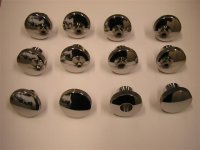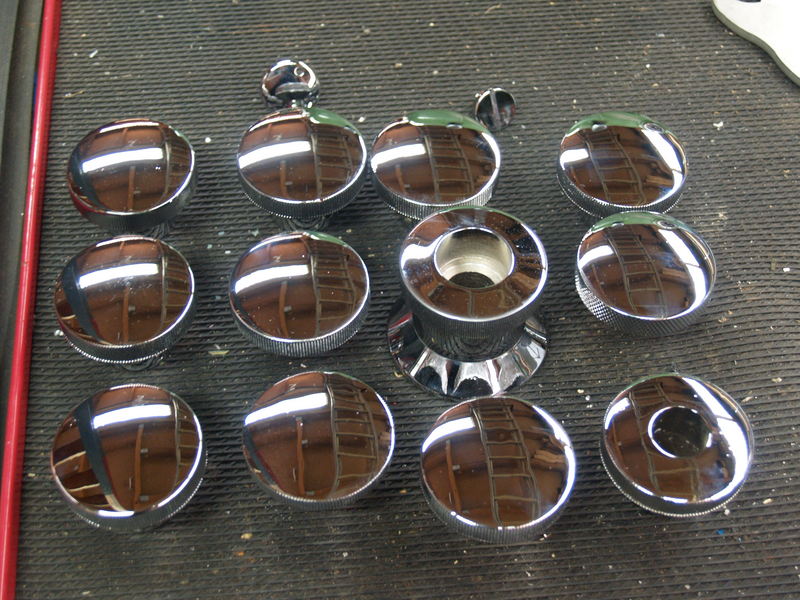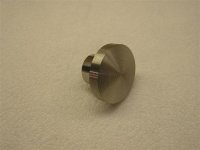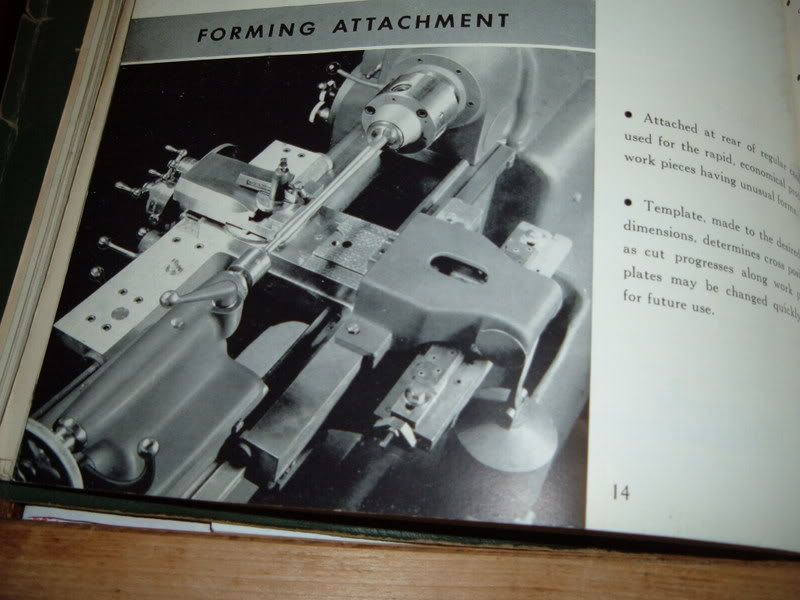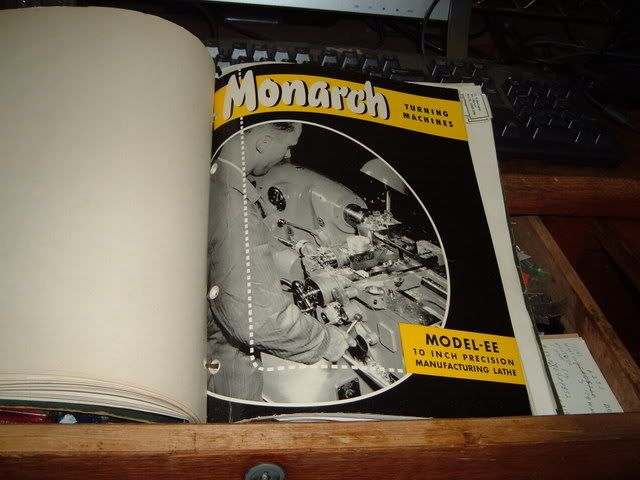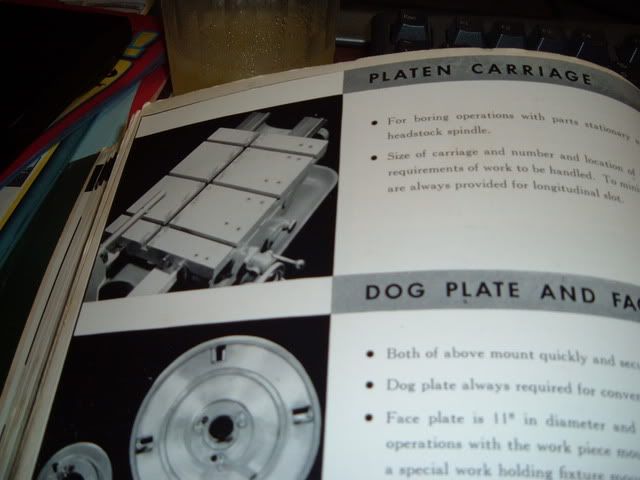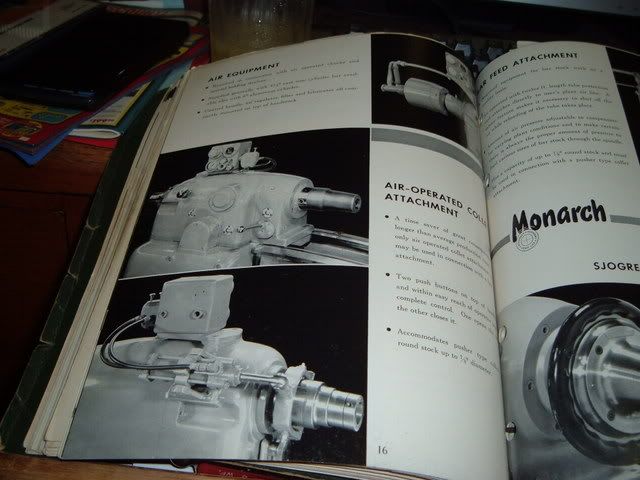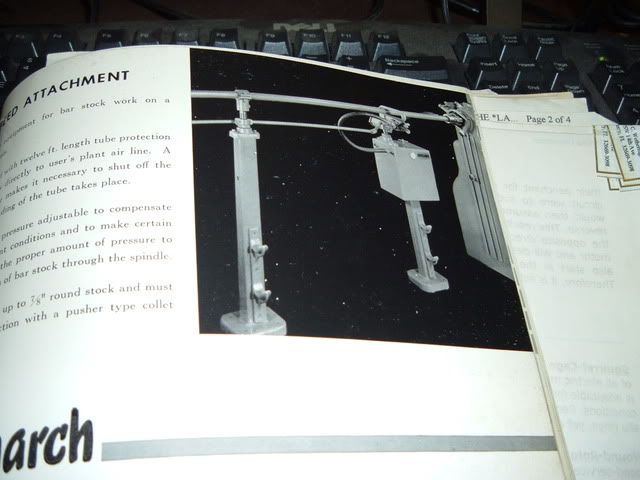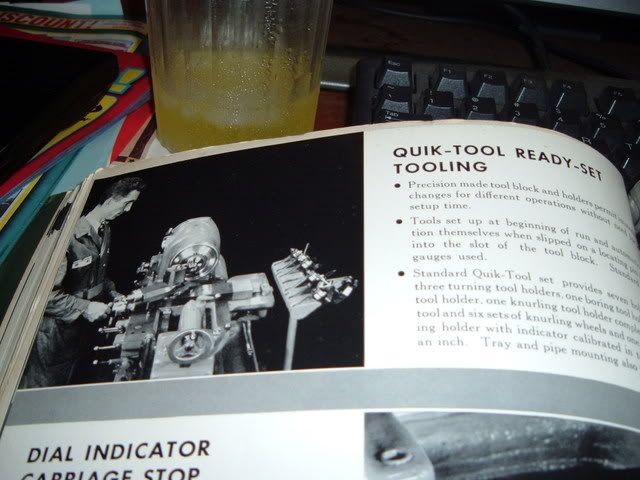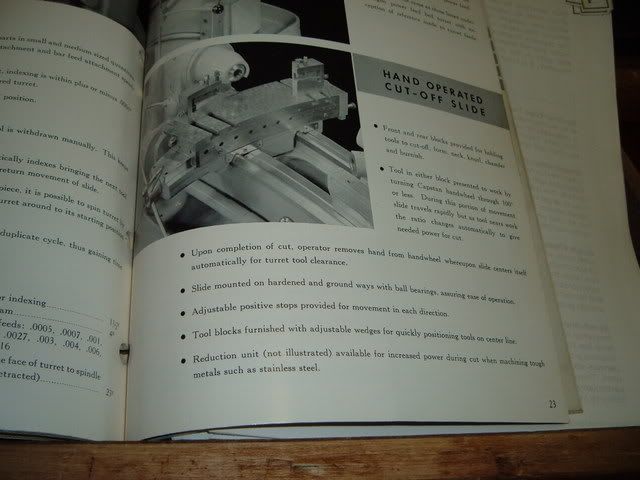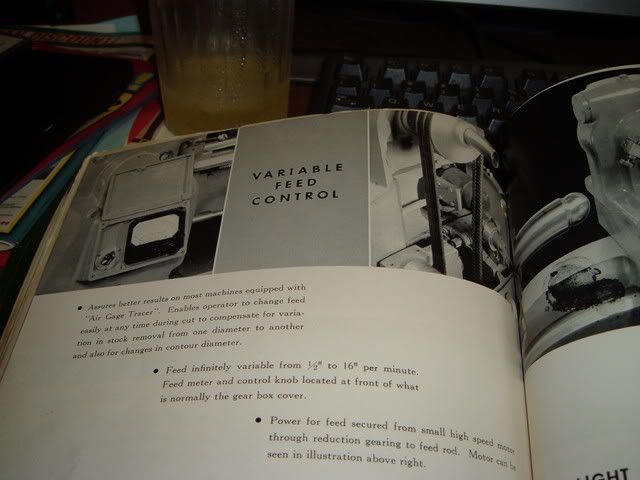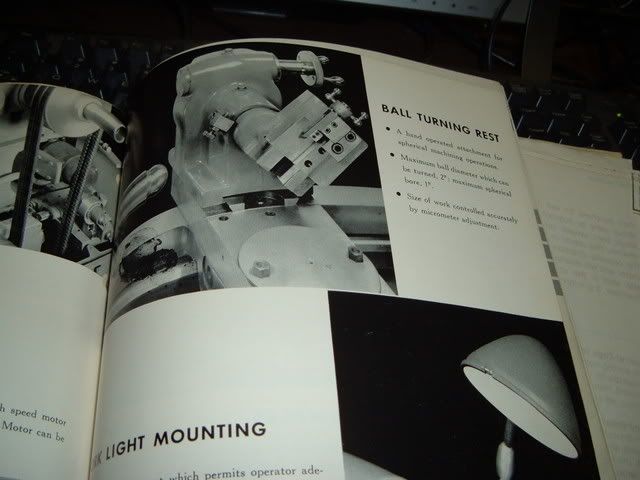DaveE907
Titanium
- Joined
- Sep 18, 2007
- Location
- Spanish Springs, NV
All of the zinc alloy knobs on my 1952 MG Square Dial were in poor cosmetic condition and some of them were mechanically damaged at their shaft joints from long use or mishap. I decided to make a new set from stainless steel. There are thirteen in all and there are six individual designs among them so the first step was to measure them all to sketch them up.
To ease machining I used 303 stainless. To reduce material cost they were made in two pieces, the knob body one piece, the shank another then assembled with a high strength anaerobic retaining compound. There's no radius at the knob to shank joint, otherwise these knobs generally conform to the original shape and size.
It was a simple project but will add significantly to the look and feel of this old iron. Only twelve show in the photos, the first one was made as a prototype for the apron assembly I posted awhile back.
To ease machining I used 303 stainless. To reduce material cost they were made in two pieces, the knob body one piece, the shank another then assembled with a high strength anaerobic retaining compound. There's no radius at the knob to shank joint, otherwise these knobs generally conform to the original shape and size.
It was a simple project but will add significantly to the look and feel of this old iron. Only twelve show in the photos, the first one was made as a prototype for the apron assembly I posted awhile back.




